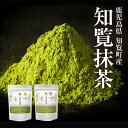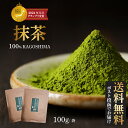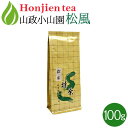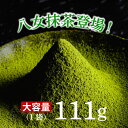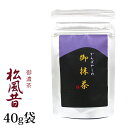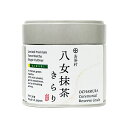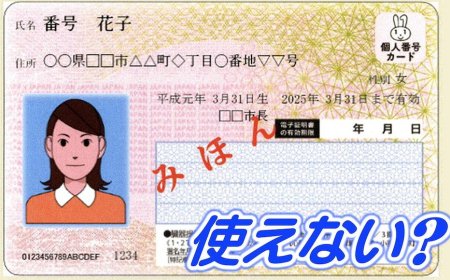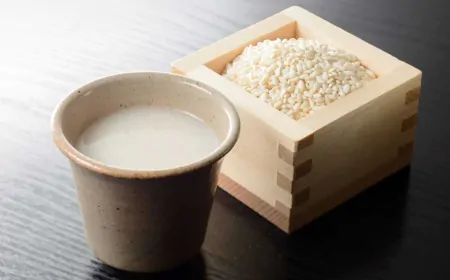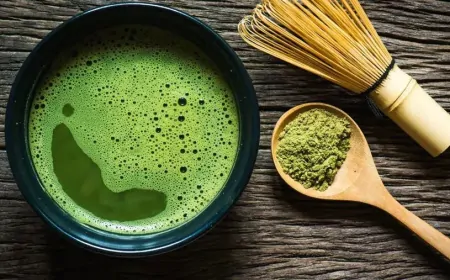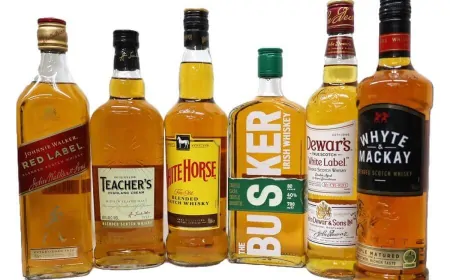Exploring Senbei rice crackers - A popular Japanese Snack delight!
Discover the centuries-old tradition of Senbei rice crackers, a beloved Japanese snack that is sure to leave a lasting impression.

In this comprehensive article, we invite you to delve into the world of different types of Senbei crackers available throughout Japan.
1. The Origins of Senbei Rice Crackers:
Senbei originated from China and made its way to Japan during the Nara period. Initially made with wheat flour and sugar, Senbei underwent creative transformations in ingredients and preparation methods during the Edo period. Different regions have their unique flavors and shapes of Senbei.
In the Eastern region (Kanto), Senbei is made by kneading glutinous rice flour and shaping it into round cakes before grilling. In the Western region (Kansai), Senbei is made with wheat flour, sugar, and eggs, resembling a biscuit-like texture.
2. Traditional Flavors of Senbei:
a) Soy Sauce Senbei: This is the most popular type of Senbei in Japan. The rice crackers are dipped in soy sauce and grilled over an open flame, resulting in an irresistible flavor and enticing aroma.
b) Seaweed Senbei: These crackers are made by wrapping dried seaweed around the grilled rice crackers or mixing seaweed powder with rice flour before grilling, offering a delightful umami taste.
c) Black Sesame Senbei: Instead of regular rice flour, this Senbei variety uses a mixture of black sesame seeds and flour, providing a crunchy texture and a unique flavor.
d) Spicy Red Pepper Senbei: If you enjoy spicy food, this Senbei with a red pepper coating is a perfect choice. After grilling the crackers, they are coated with a generous layer of spicy red pepper powder, offering a satisfying kick of heat.
3. Seafood-Inspired Senbei:
As an island nation, Japan incorporates seafood into various dishes, including Senbei rice crackers. Imagine gathering with friends, enjoying seafood-infused Senbei accompanied by a refreshing glass of cold beer.
a) Squid Senbei: There are multiple methods to create squid Senbei, such as wrapping the grilled rice cracker with dried squid or grilling a whole squid along with a pre-made Senbei.
b) Shrimp Senbei: These crackers are made by blending minced shrimp with Senbei dough before grilling. The vibrant pink color of the shrimp adds an appealing visual element, making it a must-try for shrimp lovers.
4. Sweet Senbei Varieties:
a) Black Bean Senbei: This type of Senbei is made with mashed black beans mixed into the dough. The addition of black beans gives it a denser texture, making it a satisfying snack for hunger pangs.
b) Brown Sugar Senbei: Although resembling cookies, the distinct sweetness of brown sugar sets it apart. This sweet Senbei makes for a popular souvenir among those with a sweet tooth.
5. Regional Senbei Specialties:
a) Nure-Senbei, Chiba: Nure-Senbei, meaning "wet rice crackers," is soaked in soy sauce during the preparation process. As a result, these crackers have a moist texture, unlike traditional Senbei. This is a local specialty of Choshi City, known for its production of shoyu soy sauce.
b) Mentaiko Senbei, Fukuoka: This Senbei is made by mixing rice flour with spicy pollock roe before grilling, infusing the spicy flavor of the roe into the crackers. It is widely popular in areas abundant with pollock roe in Fukuoka.
c) Kare Senbei, Hokkaido: Although Japanese curry is milder compared to Indian or Thai curry, the unique combination of curry and Senbei brings out a distinctive flavor. This variety is particularly popular in Sapporo, Hokkaido.
6. Other Types of Senbei:
a) Arare: These small, bite-sized rice crackers are made by mixing finely crushed rice grains with wasabi seeds before grilling. They come in various shapes, such as stars and seeds. The name "Arare" comes from the sound the crackers make while grilling, resembling the sound of hail. Arare is a perfect snack to treat your guests when they visit.
b) Kawara Senbei: The name of this Senbei originates from its resemblance to the traditional roof tiles used in Japanese architecture. Kawara Senbei is made with wheat flour, sugar, and eggs, often enjoyed with tea or coffee.
c) Hone Senbei: Hone Senbei is made by frying crispy fish or eel bones and seasoning them. This delicacy is commonly served in sake bars across Japan.
Japanese Senbei rice crackers offer an abundance of flavors, textures, and regional specialties. Hopefully, if you have the opportunity to taste these traditional treats, don't forget to bring some back home as delightful gifts for your family and friends. Experience the rich culinary heritage of Japan through the diverse world of Senbei!
Related Products
